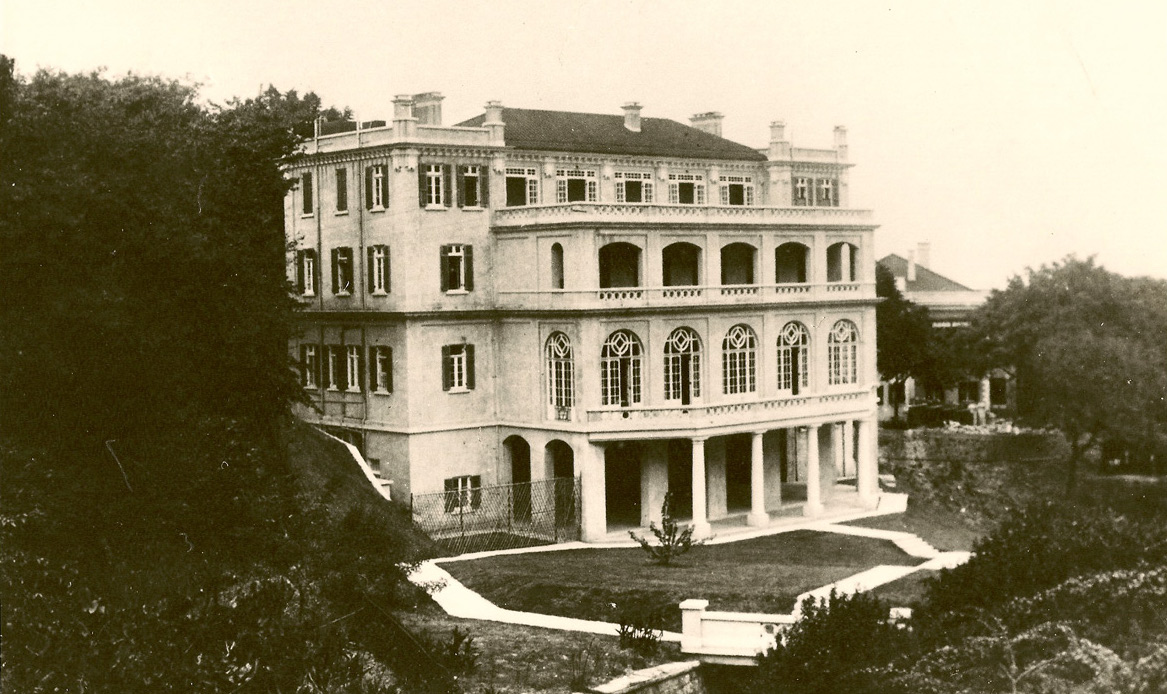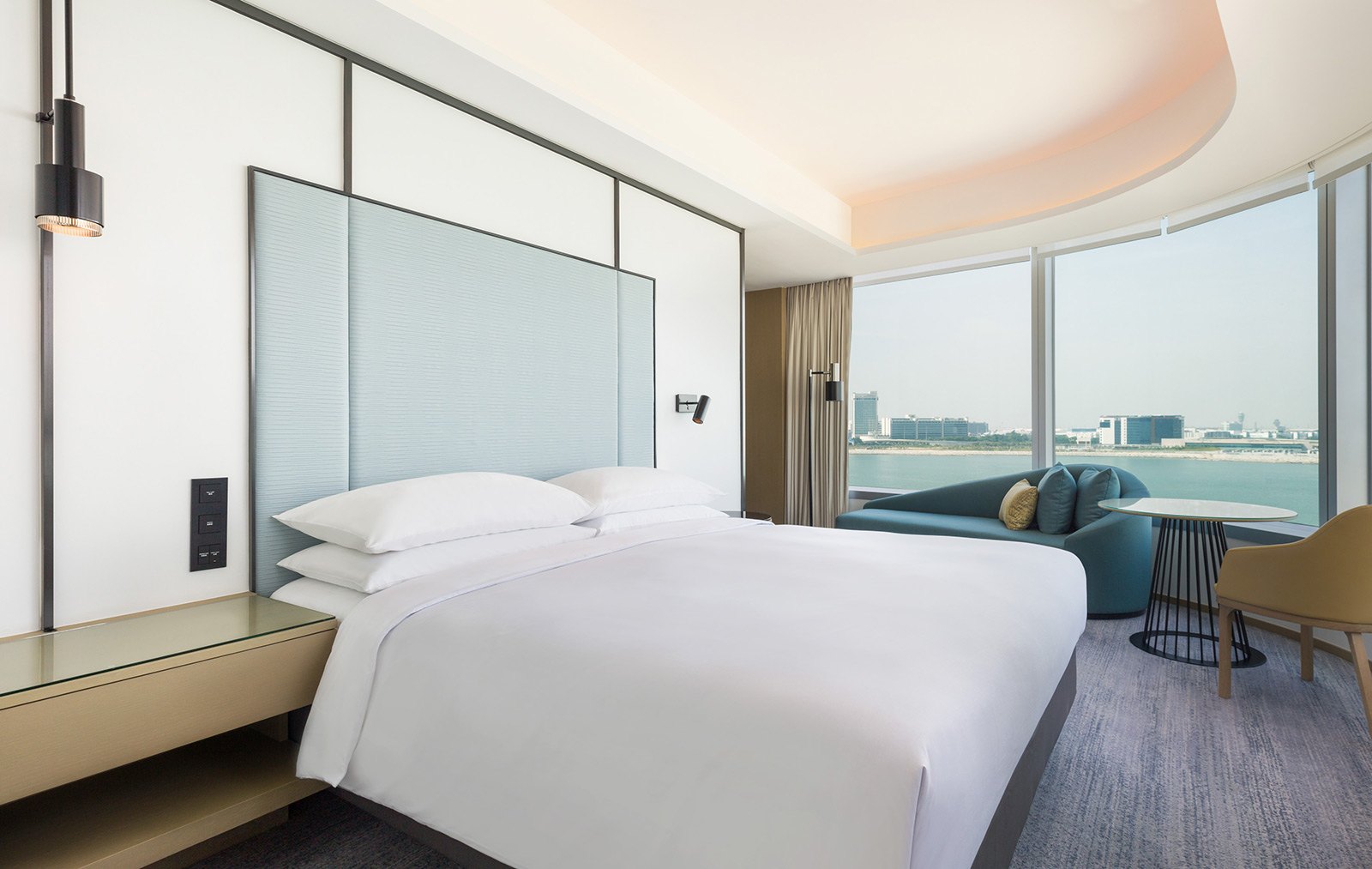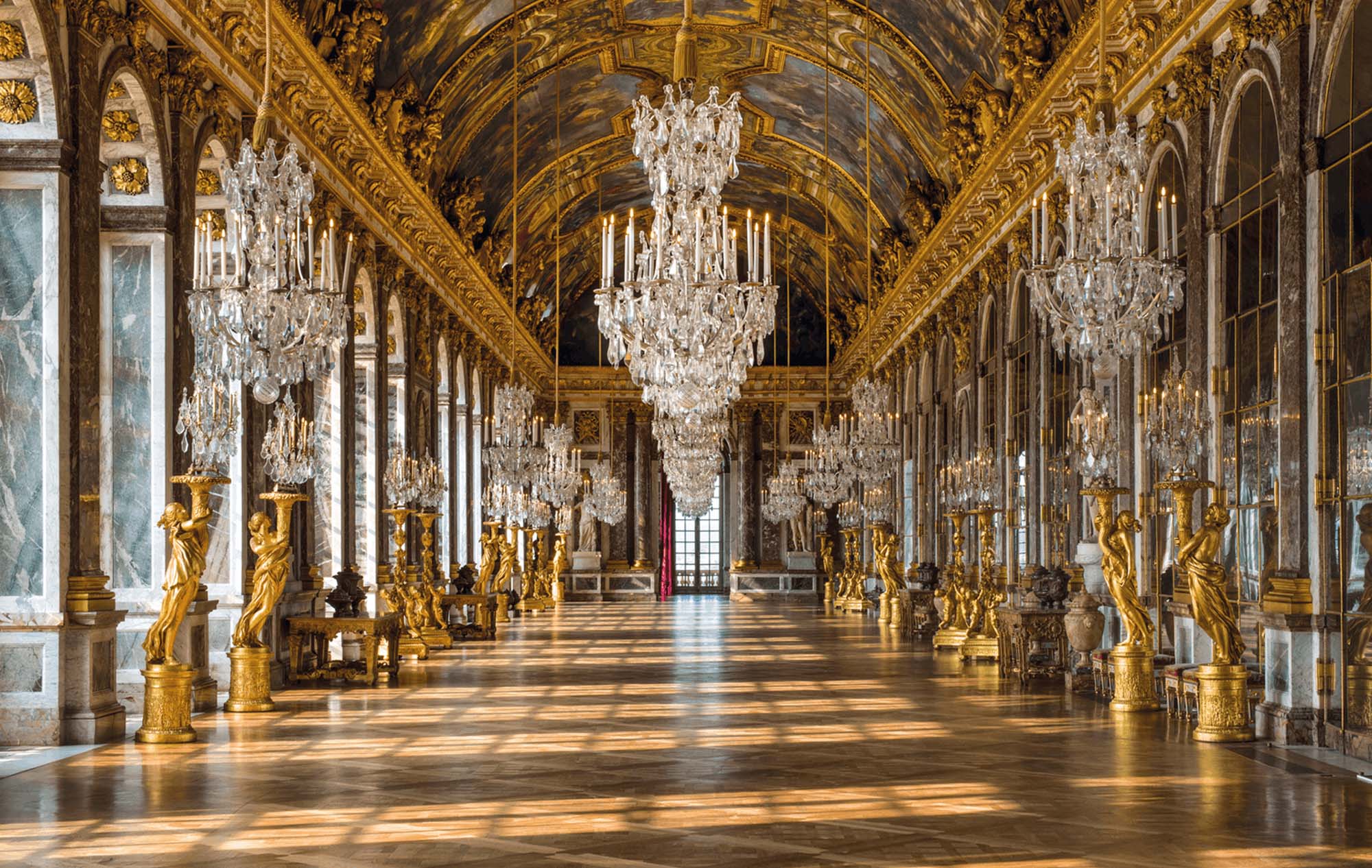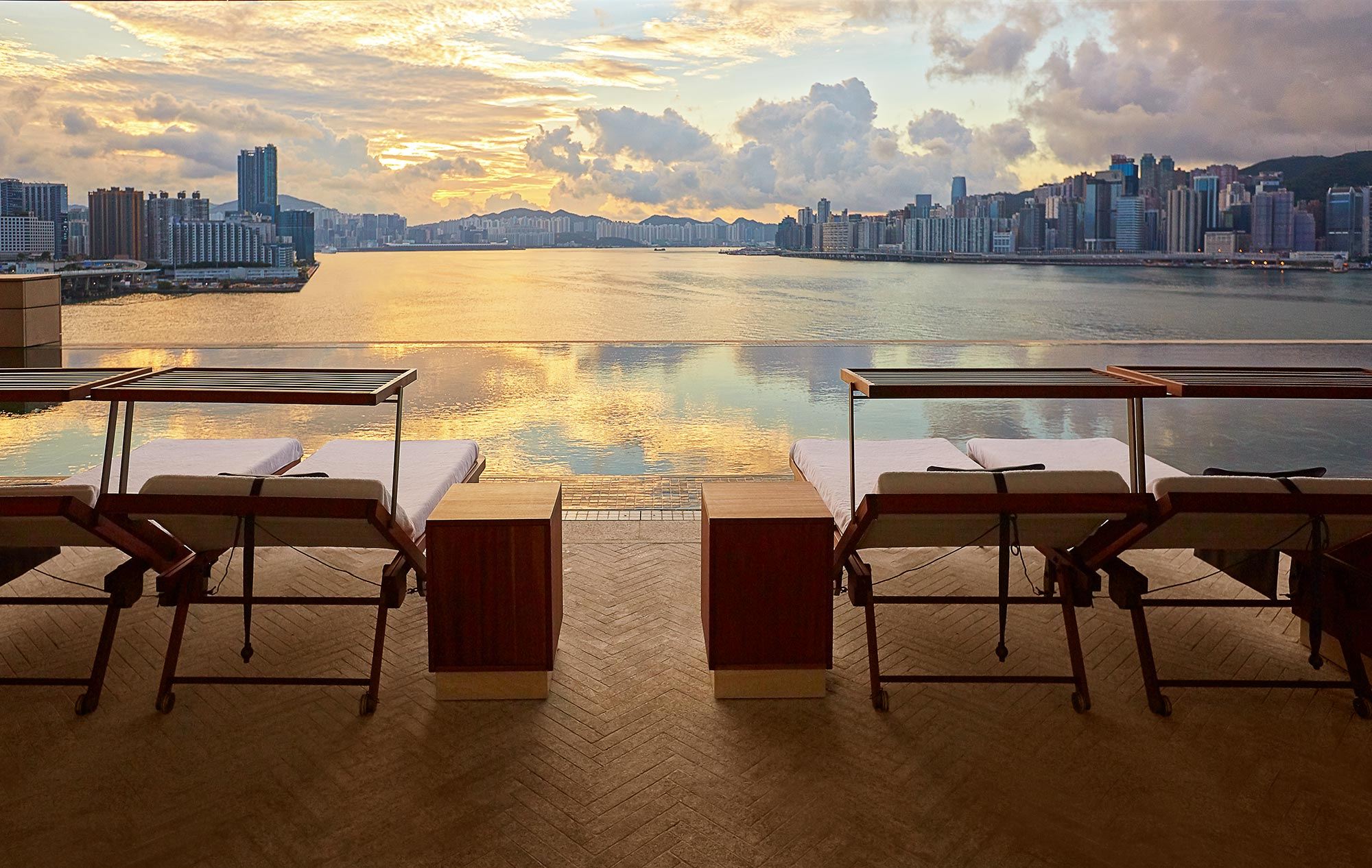There’s something about the dining room at the Helena May that makes a chap nervous. I retied my shoelaces and rearranged the handkerchief in my top pocket. I felt like a 1920s subaltern about to be introduced to his future mother-in-law.
The Helena May was established in 1916 as an ‘institution for women’. Today, it’s less formidably known as ‘a club for women, which also welcomes male associate members’.
It may have officially dropped the word, but the Helena May is irrefutably a Hong Kong institution. Its ‘adapted Renaissance’ frontage has been graciously surveying Central from its prime position between the Peak Tram tracks and Garden Road for 101 years.
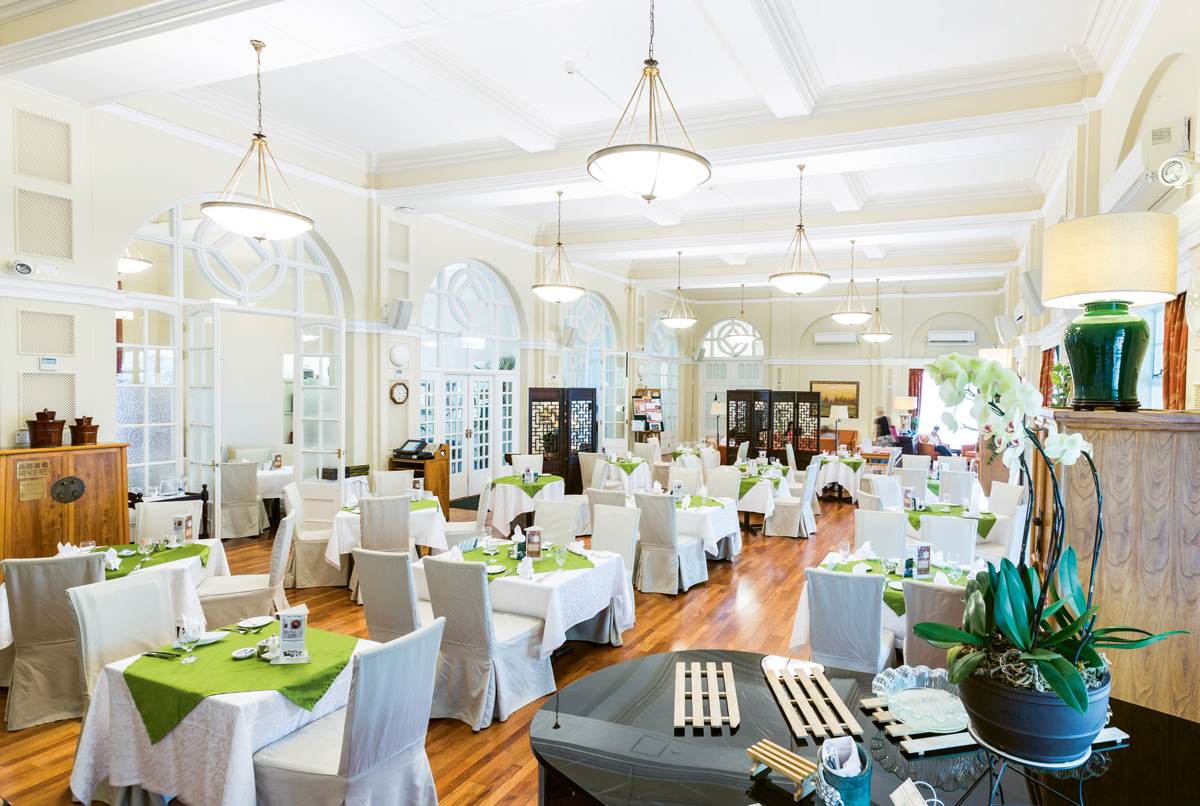
Sir Francis Henry May was governor of Hong Kong for six years until 1918. His legacy, like so many colonial officials of the time, is a deeply problematic one. He was a dedicated official who made Hong Kong a more pleasant place to live in, creating forest paths, playing fields and bathing places. He was also complicit in enforcing one of the most notorious edicts in Hong Kong’s history: the one banning Chinese people from living on The Peak. (It was scrapped in 1947, 25 years after his death.)
His wife, Helena, appears to have been rather more popular than her husband. She was an Edwardian matriarch who threw herself into good works. But by 1916 times were changing. The suffragette movement was causing mayhem in British society. If women didn’t yet have the vote, they now had education and jobs: often as typists, teachers, nurses.
Growing, prospering Hong Kong needed their services; and the colonial officials, businessmen, soldiers and sailors wanted wives. The difficulty was that risky period post-arrival and pre-matrimony. As Helena May: The Person, the Place, and 90 Years of History in Hong Kong by Esther Morris records, ‘Hong Kong boasted numerous hotels but many were of dubious reputation and the more respectable were beyond the means of the working woman.’
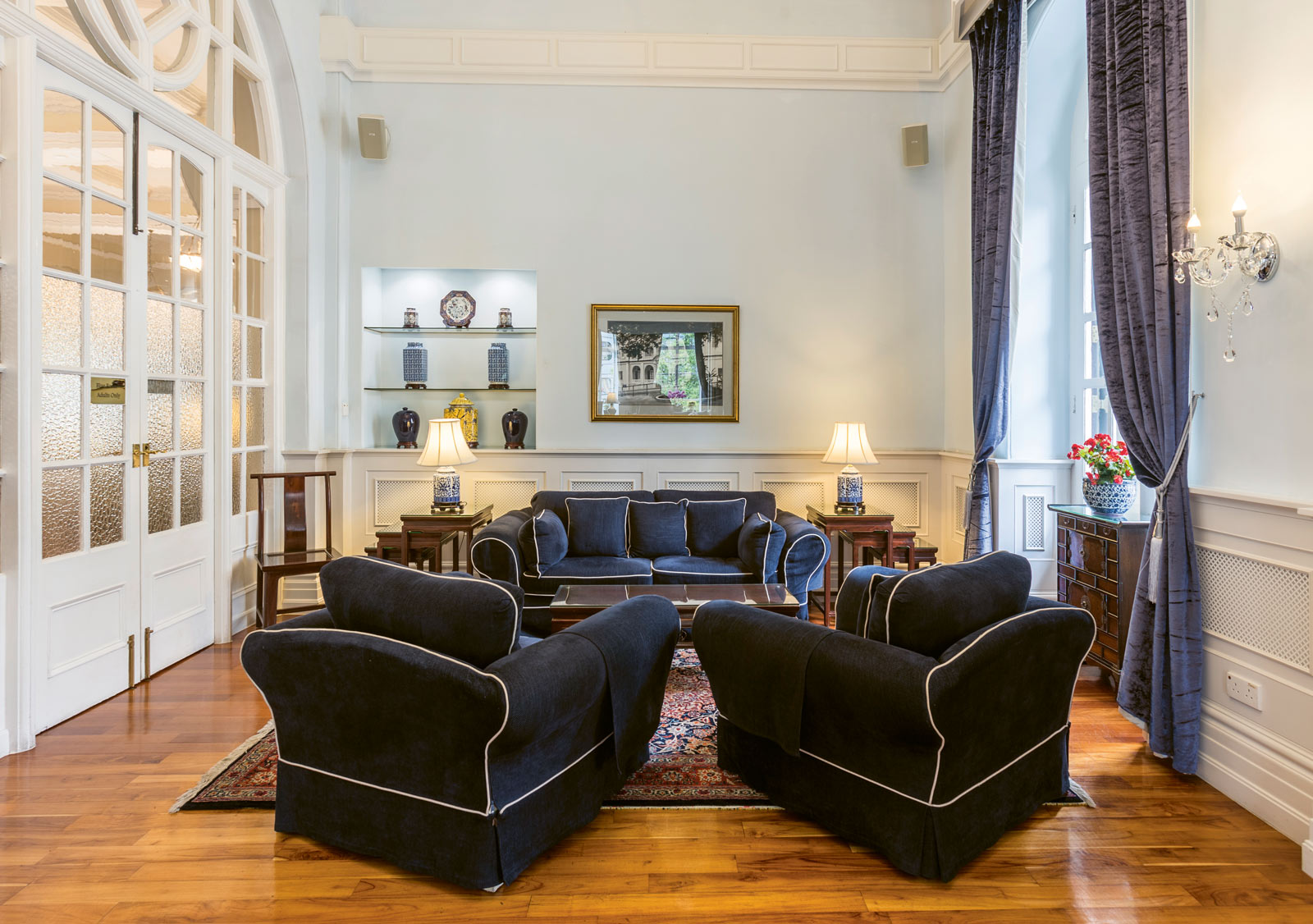
All agreed that a place where women could stay cheaply, eat well and socialise safely was needed urgently. Among those agreeing were two entrepreneurs who decisively shaped the early colony: Ellis Kadoorie, who put up the original money for the building, and Sir Robert Ho Tung, who completed the necessary investment. Kadoorie’s one condition was it be named after the governor’s wife. When it opened on 12 September 1916, Sir Robert (then plain Mr Ho) paid tribute to the efforts of ‘The gracious lady whose name this institute is to bear’: but the gracious lady herself was not invited to make a speech.
If you are seeking a potted history of women in Hong Kong, then you could do a lot worse than seek out a copy of Ms Morris’ book.
In 2017, Hong Kong’s streets are a lot safer; there are half a million more women than men in the city; the UK has a female prime minister (her name, Lady Helena would be interested to know, is Mrs May) and Hong Kong has its first female leader.

But its hotels are still expensive. The club’s general manager, Betty Simpson, showed me one of the bedrooms in the main building. Strictly speaking, men are still not allowed up here (though studio apartments in the court building can now be rented out to men and couples), and I felt as if a stout matron with an umbrella might chase me from the premises at any minute.
The room was elegantly decorated and as comfortable as any I’ve seen in various boutique hotels. Price: HK$580 a night.
Over lunch with Ruth Kan, who looks after the Helena May’s publicity and promotion, I began feeling more like a normal 2017 man than a nervous suitor from the 1920s. There was a relaxed, convivial, clubby atmosphere that no mere hotel can replicate.
Is it an anachronism? The original purpose – a safe place for visiting women – has long gone. In 2017 they can (and probably prefer to) look after themselves. But as a civilised escape from the bustle and hassle of the streets below, the Helena May is irreplaceable, inimitable and, for a man like me, pretty enviable, too.



